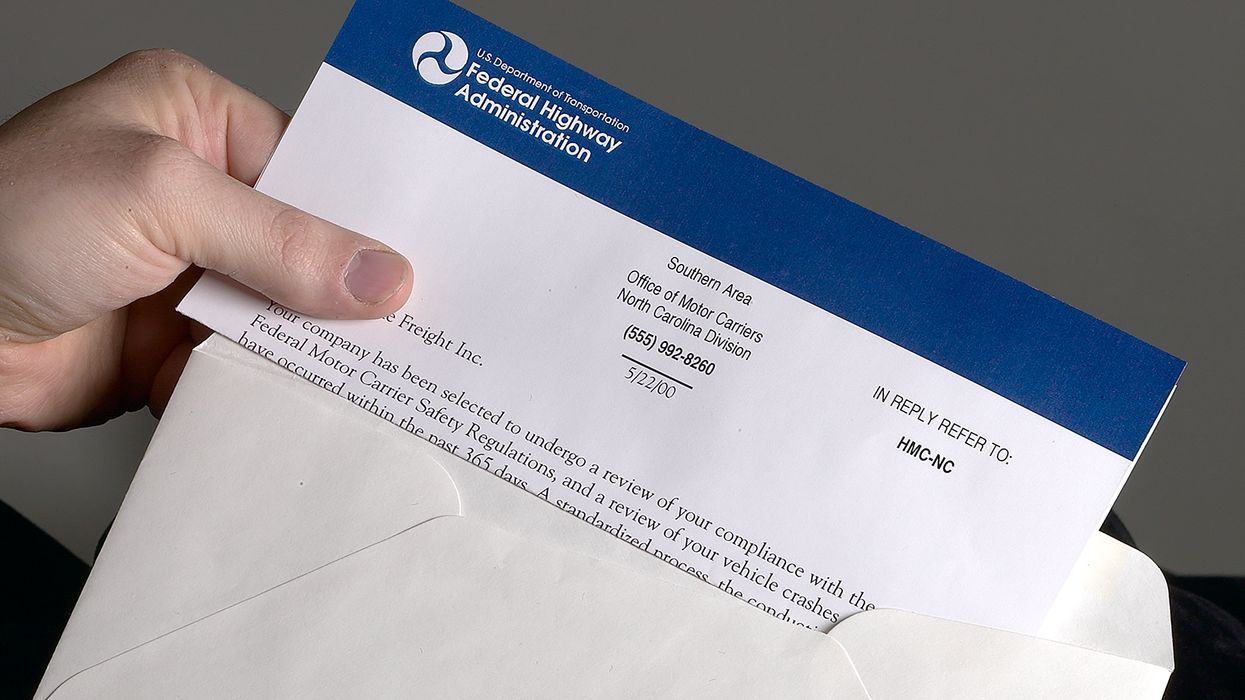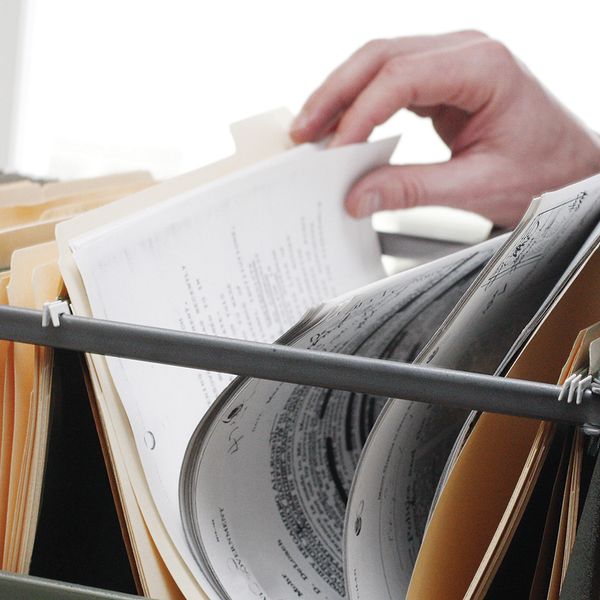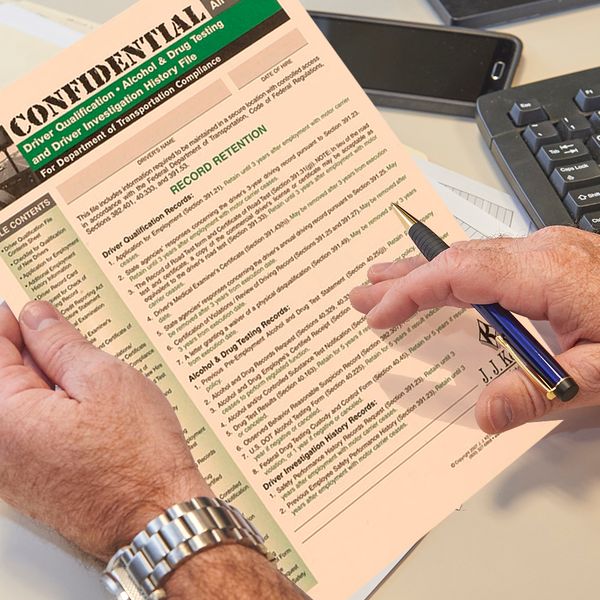Surviving part one of the Driver Factor of an audit
Federal Motor Carrier Safety Administration (FMCSA) and state investigators pay close attention to the first component of Factor 2 (the driver factor), driver qualifications. This focus by investigators will involve thoroughly checking the carrier’s driver qualification files (DQ files).
That’s because drivers who are not correctly licensed, fully qualified, and trained are at a higher risk of being involved in a crash. Therefore, all carriers should pay close attention to it during day-to-day operations as well as during mock audits and audit preparation.
Not every driver will be checked
All your drivers, including CDL and non-CDL, full-time, part-time, casual, leased, temporary, and occasional drivers and their driver qualifications files (DQ files) are fair game. While preparing for the audit, the investigator will run drivers’ licenses and check the FMCSA’s database for driver violations. However, the investigator will target certain drivers and files during the actual audit, including drivers who:
- Were involved in accidents,
- Were placed out of service,
- Were cited for qualification-related violations during roadside inspections or traffic stops,
- Were hired in the last year,
- Have a high score in the Driver Safety Measurement System, and/or
- Are randomly selected.
DQ file audits
The investigator will check that the following documents are in the DQ file, that the documents were completed correctly, and that they were completed at the right time. Documents that must be on file before the driver operates in commerce include:
- The driver’s application (391.21).
- Certificate of road test or equivalent (391.31 or .33).
- Proof of medical qualification (either a copy of the medical card for a non-CDL driver or a copy of the driver’s MVR showing the medical qualifications for a CDL driver, 391.43).*
- Verification that the medical examiner was on the National Registry of Certified Medical Examiners (391.51).*
Documents that must be on file within 30 days include:
- MVRs covering all states the driver was licensed in over the three years prior to hire (391.23).
- Safety performance history checks for all DOT-regulated previous employers over the previous three years (391.23).
Documents that must be completed within one year of hire (and then annually thereafter) include:
- Annual reviews (annual MVRs, annual Certificates of Violations if the review was done prior to May 9, 2022, and manager’s notes) for the previous three years (391.25 and .27).*
Items with a “*” after them can be removed from the DQ file after three years.
The investigator will also be checking to make sure that the driver was fully qualified (see 391.11) and was not disqualified at any time (see 391.15 and 383.51).
Surviving the DQ portion of Factor 2
The keys to surviving this part of Factor 2 include:
- Making sure your hiring and qualification process is compliant.
- Completing the steps involved in creating the DQ file in a timely manner.
- Keeping the DQ file current — this requires a “tickler” system to notify you when something is expiring.
- Making sure the drivers remain qualified and do not let their license or medical qualification expire — this will also require a “tickler” system.
- Making sure that the drivers have the correct license for the vehicles they operate.
- Making sure that you do not use a driver that has been disqualified.
Key to remember: The fewer violations that are discovered, the better chance you have of passing this portion of an audit. Therefore, your goal should be to ensure all the above requirements are being met.




















































